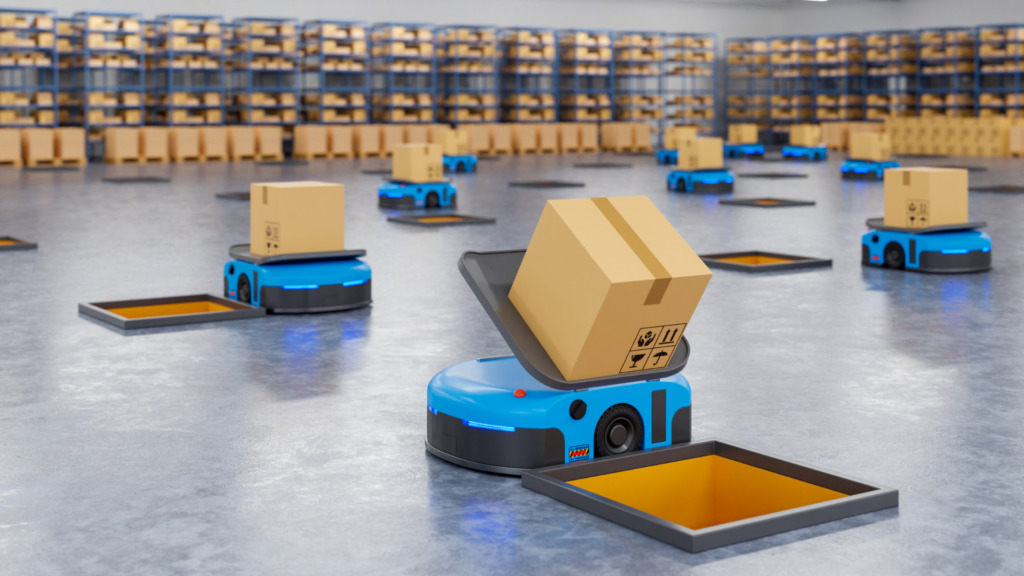The word is that Jeff Bezos is no longer interested in building up Amazon business for purposes of increased money and power. Rather it is with the object of constantly improving customer experience. For example, a customer representative called up a customer to tell him about a choice he had with regard to a book that he had ordered. The representative told the customer that a copy of the book could be sent to him that very day, but it had a scratch on it. If he was willing to wait a day, he would be sent a copy that was in perfect condition. It was his choice. And yet the customer didn’t have to lift a finger. The process of the selection was done in a totally frictionless mediated way. Which, in truth, describes most of the interactions between customers and Amazon. The customer is pushed deeper and deeper into an experiential vacuum, but that’s another story. The important thing is that there is no significant abrasive friction with regard to the search for services and products.
Now, on one level, this all sounds wonderful. The shopping experience becomes less time-consuming and less stressful. Wonderful except that Jeff Bezos is throwing the baby out with the bath water. He is getting rid of some very positive aspects of the shopping experience along with what he perceives as the negative aspects. To demonstrate what I am talking about, I am going to discuss some experiences that I had during the ten years I lived in Mexico City. Now Mexico City was a modern city, but, in the provinces, there were a lot of very traditional small towns. All of which had big markets that sold all kinds of things from fruits and vegetables to handicrafts. And normally, one was expected to bargain with the seller in order to arrive at the price for an item that one wanted to purchase. If a customer didn’t bargain, he was considered to be a sucker.
This was the way that trade was carried out in traditional societies. Rather than being a frictionless interaction, it was full of the organic friction of people haggling. And rather than being mediated by a computer app, for instance, buyer and seller were shouting out their respective price positions to each other in a very invigorating exchange. Furthermore, by being present for the sale, a person got to choose exactly which items he wanted. And sometimes, a person purchased items that he hadn’t anticipated buying, but which he decided to buy when he saw them. And if a particular fruit or vegetable looked overripe or wilted or just not of a generally appealing quality, the person was more than likely not going to purchase it.
In a way, buying goods and merchandise at a traditional market was a little like going hunting. It was a flowing blendable continual experience, an adventure with an unsure outcome. And people liked the unpredictability of the experience. It made their lives more vibrant. It was exactly the opposite kind of attitude from that of the customer of Amazon. Rather than look for vibrancy, the Amazon customer simply looks for ways to make his shopping experience as frictionless as possible. He is not so much interested in the journey to obtain the products he desires; he is just interested in the end result. And he knows what he wants, and he is not interested in any deviations from it that may present themselves. He is not interested in any process involved in obtaining the products that he wants; he is just interested in the end result. Life for an Amazon customer is a series of hops from one point on a line to another, not a stroll through the panorama of life.
Now most of us have had shopping experiences that are somewhat in between traditional markets and online Amazon. I’m talking about that quaint institution called a store. Stores are found in neighborhoods, in downtown commercial areas and in shopping malls. One is buying from real live people, but prices are usually set, so there is no haggling. And one is usually shopping indoors rather than outdoors. In the outdoor markets, it is much easier to go to another stall for items, if one doesn’t like the goods where he is. But at least, one gets to see what he is buying in a store. And there still are some stores where one can have adventures of buying one-of-a-kind merchandise. In downtown Evanston, Illinois, there is a second-hand book store where one can get some exotic treasures for very little money. When I go there, I never know what is going to appeal to me.
It was one thing for humans to take the main focus for purchases from outdoor markets to indoor stores. That certainly took a great deal of the organic stimulation away from the process of purchasing. It was another thing to remove entirely the external world narrative from the shopping experience. Pretty soon, everything in life is going to be a frictionless mediated numbing experience. That’s certainly something to look forward to. Lol.


























